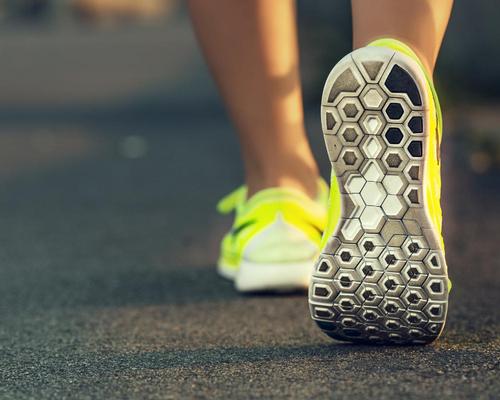13 Jul 2017
Smartphone data study measures global physical activity
BY Deven Pamben

A new study has suggested that general fitness levels of different countries can be quantified based on the amount of average daily steps, with "step-rich" nations suggesting a healthier society in general.
The study, appearing in Nature, used data from smartphones to analyse the habits of 717,500 men and women from 111 countries, whose steps were studied for an average of 95 days.
Scientists at Stanford University in California conducted the study, which found that countries where the majority of people walk on average a very similar distance each day are significantly healthier than those in which people walk either a lot or very little, a phenomenon coined the "activity inequality".
With an estimated 5.3 million people dying from causes associated with physical inactivity every year, the researchers wanted a simple way to measure activity across millions of people to find out why obesity is a bigger problem in some countries than others.
Researchers, led by computer scientist Jure Leskovec and bioengineer Scott Delp, focused on activity inequality, similar to income inequality – which refers to the extent to which income is distributed in an uneven manner among a population.
“If you think about some people in a country as ‘activity rich’ and others as ‘activity poor,’ the size of the gap between them is a strong indicator of obesity levels in that society,” said Delp.
Countries and territories with the lowest inequality were Hong Kong, China and Sweden, while Saudi Arabia, Australia and Canada had the highest.
Analysis disclosed strong correlations among activity inequality, the gender-activity gap, and obesity levels.
“For instance, Sweden had one of the smallest gaps between activity rich and activity poor, and the smallest disparity between male and female steps,” said Tim Althoff, a doctoral candidate in computer science and first author. “It also had one of the lowest rates of obesity.”
In Japan, where the obesity level is low, the activity gap between men and women was much smaller. However, in the US where there is a large number of people with obesity, the gap between women’s and men’s activity levels was wider. The US ranked fifth from the bottom in overall activity inequality.
The study also found that the more pedestrian-friendly a city is, the less activity inequality that place will have.
Researchers analysed data from the US to investigate how the built environments of 69 cities related to activity, obesity and health.
Results showed that the design of a city has health impacts; cities that were most conducive to walking had the lowest activity inequality.
Jennifer Hicks, director of data science for the Mobilize Center at Stanford, said: “In cities that are more walkable everyone tends to take more daily steps, whether male or female, young or old, healthy weight or obese.”
Close Window